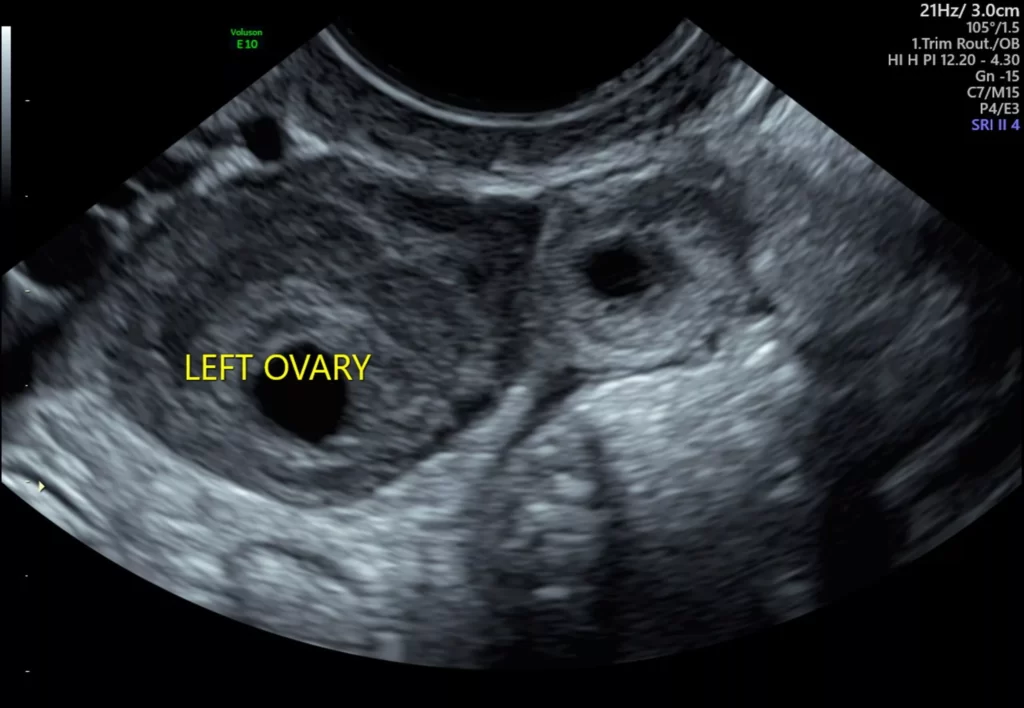
Ultrasound of Ectopic Pregnancy
Introduction
Ectopic pregnancy, a life-threatening condition, occurs when a fertilized egg implants outside the uterine cavity. Early and accurate diagnosis is crucial for timely intervention and optimal patient outcomes. Ultrasound plays a pivotal role in the diagnosis and management of ectopic pregnancy.
Ultrasound Techniques
Transvaginal Ultrasound (TVUS)
TVUS is the preferred imaging modality for diagnosing ectopic pregnancy due to its high sensitivity and specificity. A high-frequency transducer is inserted into the vagina, providing clear visualization of the pelvic organs.
Transabdominal Ultrasound (TAS)
TAS is less sensitive than TVUS but can be used when TVUS is not feasible or when the ectopic pregnancy is located high in the pelvis. A transducer is placed on the lower abdomen to obtain images.
Ultrasound Findings
Intrauterine Pregnancy
- Gestational sac within the uterine cavity
- Embryo with a heartbeat
- Absence of adnexal mass
Ectopic Pregnancy
Unruptured Ectopic Pregnancy
- Gestational sac or embryonic pole outside the uterine cavity
- May be located in the fallopian tube (tubal pregnancy), ovary, cervix, or abdomen
- Adnexal mass with or without a gestational sac
Ruptured Ectopic Pregnancy
- Free fluid in the pelvis or abdomen (hemoperitoneum)
- Adnexal mass with or without a gestational sac
- May show signs of active bleeding
Other Findings
- Corpus luteum cyst on the ipsilateral ovary
- Hydrosalpinx (fluid-filled fallopian tube)
- Endometriosis
Differential Diagnosis
Ultrasound findings of ectopic pregnancy can overlap with other conditions, such as:
- Degenerated corpus luteum cyst
- Hydrosalpinx
- Endometrioma
- Ovarian torsion
Careful evaluation of the ultrasound images and correlation with clinical history and physical examination are essential for accurate diagnosis.
Management
Ultrasound findings guide the management of ectopic pregnancy:
Unruptured Ectopic Pregnancy
- Medical management with methotrexate (chemotherapy drug)
- Surgical management (laparoscopy or laparotomy)
Ruptured Ectopic Pregnancy
- Emergency surgical intervention to control bleeding and remove the ectopic pregnancy
Complications
Untreated ectopic pregnancy can lead to life-threatening complications, including:
- Hemorrhagic shock
- Infection
- Infertility
Limitations of Ultrasound
- Ultrasound may not be able to detect very early ectopic pregnancies.
- Some ectopic pregnancies may be located in atypical locations, making them difficult to visualize.
- Ultrasound cannot always differentiate between an ectopic pregnancy and other pelvic conditions.
Conclusion
Ultrasound is an essential tool for the diagnosis and management of ectopic pregnancy. TVUS provides the highest sensitivity and specificity for detecting ectopic pregnancies. Early and accurate diagnosis through ultrasound enables timely intervention, reducing the risk of complications and improving patient outcomes. However, limitations of ultrasound should be recognized, and correlation with clinical history and physical examination is crucial for accurate diagnosis.